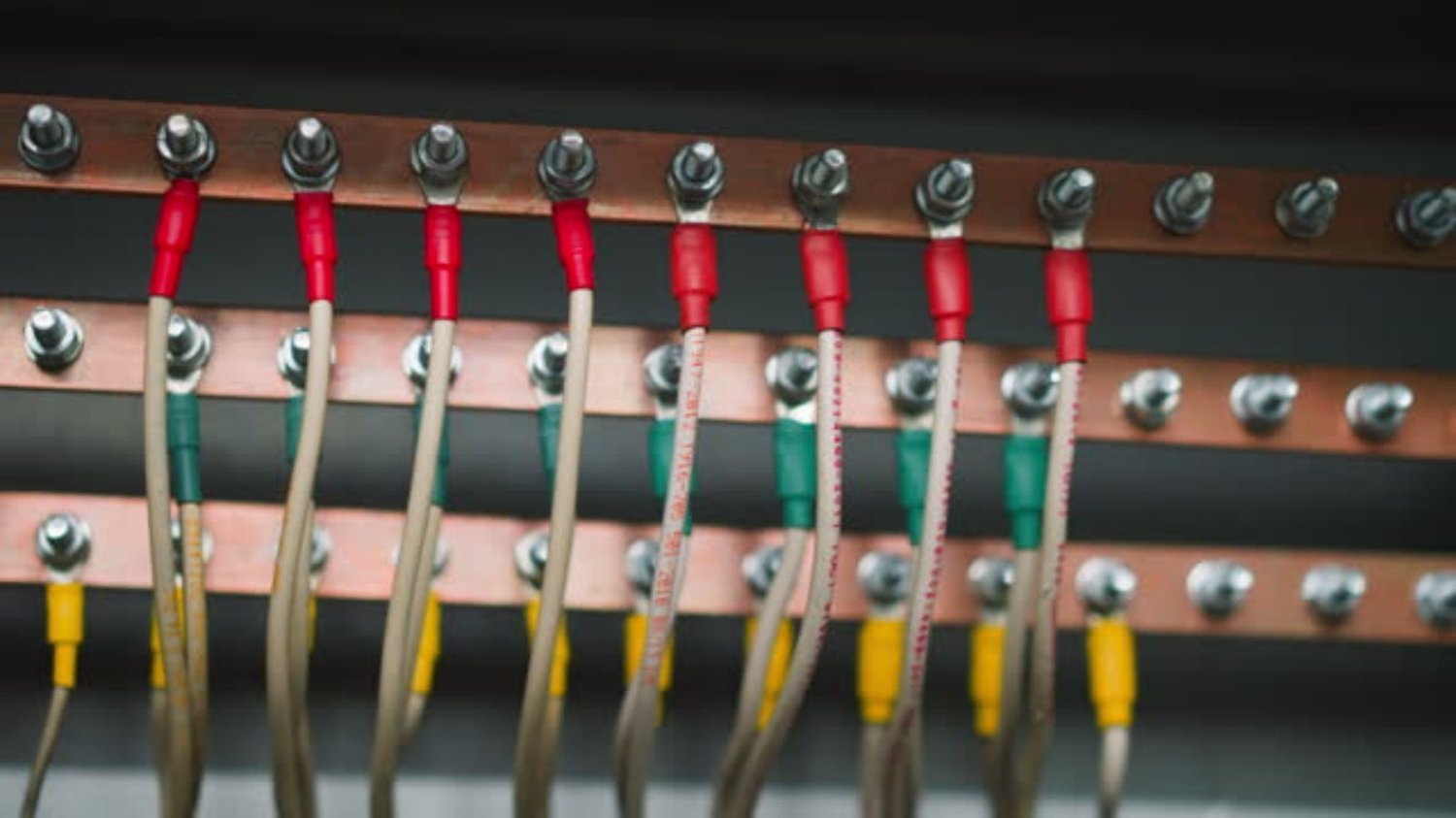Table of Contents

High voltage relays: A Comprehensive Guide
When it comes to electrical systems, high voltage relays play a crucial role in ensuring the safe and efficient operation of various applications. These relays are designed to handle high voltage levels, making them essential components in industries such as power generation, transmission, and distribution. In this article, we will explore the different aspects of high voltage relays, including their functions, types, and applications.
The Function of High Voltage Relays
High voltage relays are primarily used to control and switch high voltage circuits. They act as a bridge between the low voltage control circuit and the high voltage load, ensuring that power is effectively distributed and controlled. These relays are capable of handling voltage levels ranging from hundreds to thousands of volts, depending on the specific application.
Types of High Voltage Relays
There are several types of high voltage relays available, each designed for specific purposes. Some of the common types include:
1. Electromechanical Relays
Electromechanical relays are the most traditional type of high voltage relays. They use an electromagnetic coil to control the switching mechanism. These relays are durable and can handle high voltage levels. However, they have slower response times compared to solid-state relays.
2. Solid-State Relays
Solid-state relays (SSRs) use semiconductor devices such as transistors and thyristors to perform the switching operation. SSRs have faster response times, higher reliability, and longer lifespan compared to electromechanical relays. They are also more compact and require less maintenance.
3. Reed Relays
Reed relays utilize a hermetically sealed glass tube containing two metal reeds that act as the switch contacts. When a magnetic field is applied, these reeds come into contact, allowing current to flow. Reed relays are known for their excellent isolation and low contact resistance.
Applications of High Voltage Relays
High voltage relays find applications in various industries where the control and switching of high voltage circuits are necessary. Some of the common applications include:
1. Power Generation
In power generation plants, high voltage relays are used to control and protect circuits within generators, transformers, and switchgear. These relays ensure the safe and efficient operation of power generation systems, preventing damage to equipment and ensuring uninterrupted power supply.
2. Power Transmission and Distribution
High voltage relays are vital in power transmission and distribution networks. They are used to control the switching of high voltage lines, transformers, and circuit breakers. These relays protect the system from overloads, short circuits, and other electrical faults, ensuring a reliable power supply to consumers.
3. Industrial Automation
In industrial automation systems, high voltage relays are employed to control motors, pumps, and other high voltage equipment. They enable efficient control of industrial processes, ensuring smooth operations and minimizing downtime.
4. Electric Vehicle Charging Stations
As electric vehicles continue to gain popularity, high voltage relays are crucial components in charging stations. They control the flow of high voltage power to the vehicle's battery, ensuring safe and efficient charging without overloading the system.
5. Medical Equipment
High voltage relays are also used in medical equipment such as X-ray machines and MRI scanners. These relays ensure the precise control and switching of high voltage components, allowing for accurate diagnostic imaging and treatment.
In Conclusion
High voltage relays are indispensable in various industries where the control and switching of high voltage circuits are essential. Whether in power generation, transmission, industrial automation, electric vehicle charging, or medical equipment, these relays play a critical role in ensuring safe and efficient operations. Understanding the different types of high voltage relays and their applications is crucial for selecting the right relay for specific requirements.
